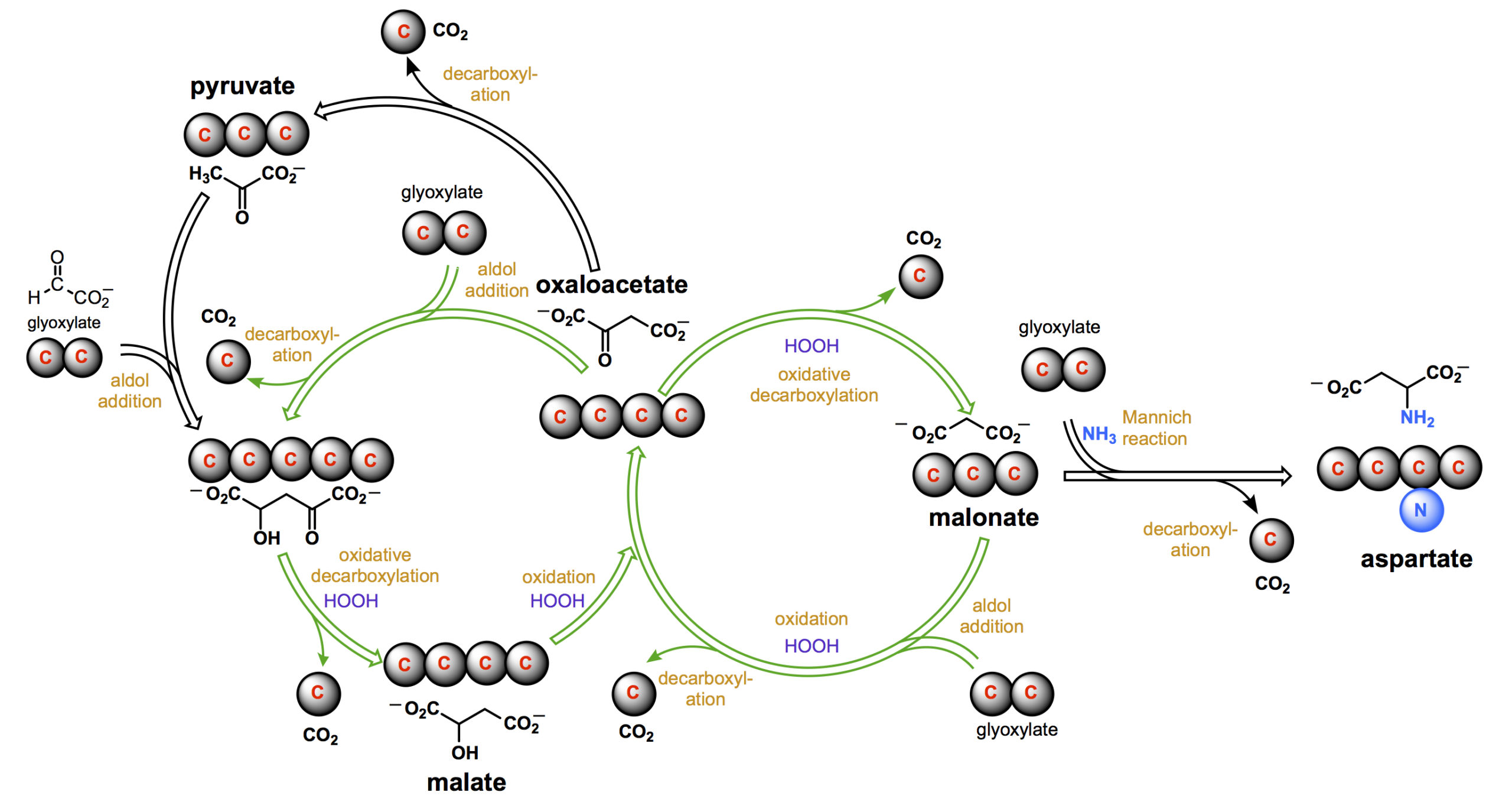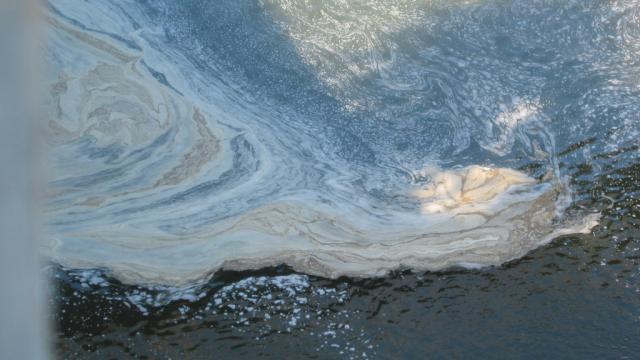Fundamentally, your body is just a crazy chemistry experiment. You put in food and oxygen, chemical reactions happen, and out comes energy and poop. But how did these reactions first begin? Some scientists think they have an idea.
You might remember learning about cellular respiration, the process by which your body turns sugar into energy and carbon dioxide in the mitochondria. Some parts of the body’s functioning, like the citric acid cycle (aka Krebs cycle), are highly evolved and difficult to study. But a team of researchers, including a pair of undergraduates, has found an analogue of the citric acid cycle, one that could have existed before life on Earth and that present-day chemical reactions evolved from.
“It’s akin to looking at a modern roadway like Route 66,” explained Greg Springsteen, a chemistry professor at Furman University in South Carolina. “Wagon trails were templates for Route 66. The twists and turns of the modern pathways tell us about the challenges of the original route.”
The citric acid cycle – which, again, is part of how all oxygen-using life on Earth generates energy – takes a chemical called pyruvate through a series of reactions, adding and removing molecules to change its form, produce energy, and charge or produce other molecules to use in other reactions. That’s all done with the help of specially evolved enzymes, which make the reactions happen more efficiently. Because this cycle relies on these advanced enzymes, it’s hard for scientists to figure out how the cycle originated. What chemicals could have sparked the process before those enzymes evolved?
But the team of scientists from Furman University (including undergraduates Julia Nelson and Chandler Joel Rhea) and the Scripps Research Institute in California found two chemical reactions in a lab setup that mimicked early Earth conditions that look like pre-life versions of the citric acid cycle, called the “HKG” and the “malonate” cycles.

Image: Greg Springsteen
These two cycles are basically like the ruddy wagon tracks that serve a similar, less-efficient purpose to the fancy highway of the citric acid cycle. They’re based on similar chemistry, in this case turning a molecule called glyoxylate into carbon dioxide and other molecules in the presence of some electron-stealing agent. Perhaps this chemical reaction occurred on Earth in its early years, and biology tweaked it to become the reaction we see today.
“We think biology,” AKA life, “mapped itself onto preexisting chemical pathways on the early Earth,” said Springsteen.
This research doesn’t say how exactly these two cycles would have turned into the citric acid cycle. Plus, scientists would need to find this reaction occurring naturally or prove that the precursors existed on Earth before life did. Still, these reactions occurred in a neutral environment (not acidic or basic) in a mild temperature, leading the scientists to believe “that there were environments on the early Earth where these reactions were reasonable.”
It makes sense, after all – the building blocks of life likely relied on more than just a list of molecules, but the ways these molecules interacted, too. And on the broader scale, origin stories are important. Said Rhea, “It’s always good to know your origin to figure out where you’re going.”
